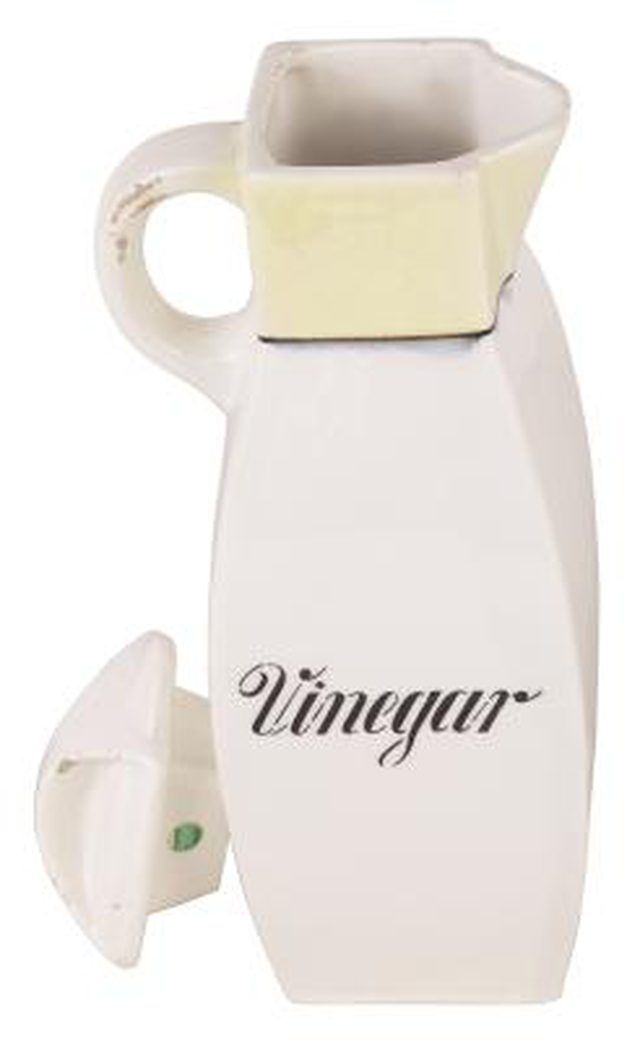Bulbs
Flower Basics
Flower Beds & Specialty Gardens
Flower Garden
Garden Furniture
Garden Gnomes
Garden Seeds
Garden Sheds
Garden Statues
Garden Tools & Supplies
Gardening Basics
Green & Organic
Groundcovers & Vines
Growing Annuals
Growing Basil
Growing Beans
Growing Berries
Growing Blueberries
Growing Cactus
Growing Corn
Growing Cotton
Growing Edibles
Growing Flowers
Growing Garlic
Growing Grapes
Growing Grass
Growing Herbs
Growing Jasmine
Growing Mint
Growing Mushrooms
Orchids
Growing Peanuts
Growing Perennials
Growing Plants
Growing Rosemary
Growing Roses
Growing Strawberries
Growing Sunflowers
Growing Thyme
Growing Tomatoes
Growing Tulips
Growing Vegetables
Herb Basics
Herb Garden
Indoor Growing
Landscaping Basics
Landscaping Patios
Landscaping Plants
Landscaping Shrubs
Landscaping Trees
Landscaping Walks & Pathways
Lawn Basics
Lawn Maintenance
Lawn Mowers
Lawn Ornaments
Lawn Planting
Lawn Tools
Outdoor Growing
Overall Landscape Planning
Pests, Weeds & Problems
Plant Basics
Rock Garden
Rose Garden
Shrubs
Soil
Specialty Gardens
Trees
Vegetable Garden
Yard Maintenance
How to Get Rid of Flying Gnats in the House
How to Get Rid of Flying Gnats in the House. Gnats feed on the fungus that grows in rotted organic materials, which means these irritating intruders flock to your home when you have rotting fruit or oversaturated plants sitting around. Gnats can lay up to 300 eggs at one time, so if you have a single gnat in your home, you could be facing a...

Gnats feed on the fungus that grows in rotted organic materials, which means these irritating intruders flock to your home when you have rotting fruit or oversaturated plants sitting around. Gnats can lay up to 300 eggs at one time, so if you have a single gnat in your home, you could be facing a full-blown infestation when its eggs hatch in about two weeks. A simple home remedy will help you get rid of flying gnats in a short period with little effort.
Things You'll Need
Mason jar (or large cup)
Vinegar
Liquid soap
Plastic wrap
Rubber band
Sharpened pencil
Drain all excess water from your house plants and put them in the sun to dry out the soil. Search your pantry and counters for rotting fruit or potatoes. Throw these items out immediately by placing them in an outside garbage receptacle.
Fill your mason jar with a few inches of vinegar. Squeeze a few drops of liquid soap into the cup and stir until ingredients are fully incorporated.
Cover the top of the mason jar with plastic wrap. Secure the plastic wrap to the jar with a rubber band. Poke very small holes across the surface of your plastic wrap, using the very tip of your sharpened pencil.
Set the mason jar in the area where you have seen the most flying gnats. The gnats will be attracted to the vinegar smell, fly in through the small holes and become unable to escape the trap you have set. Refresh your gnat trap every day with new vinegar and soap until all flying gnats are gone.
Tips & Warnings
Red wine can be used as a substitute for vinegar in your flying gnat trap.
Flying gnats may have laid eggs in your over-moist house plant soil, so throw out the old soil and re-pot plants in new soil once all the flying gnats are gone. Otherwise, you may have a re-infestation.